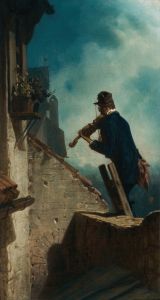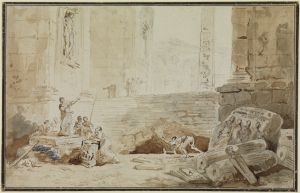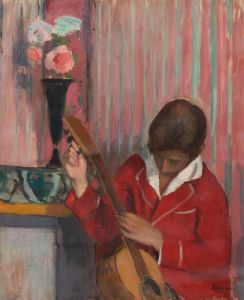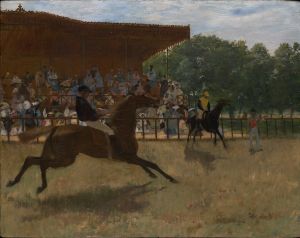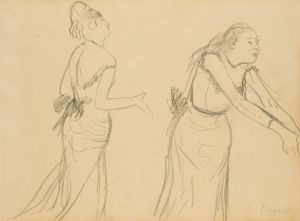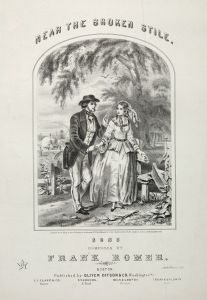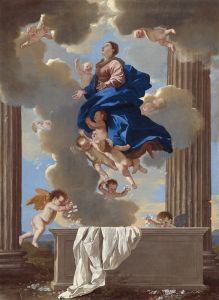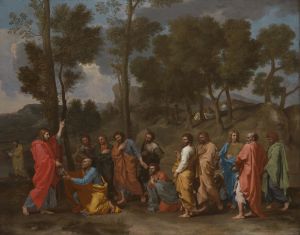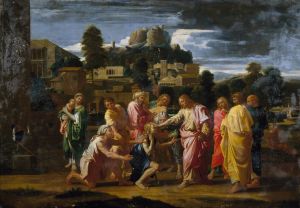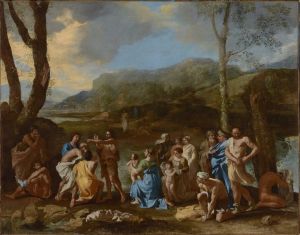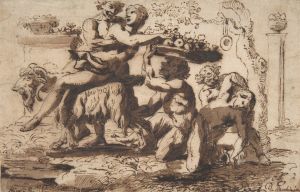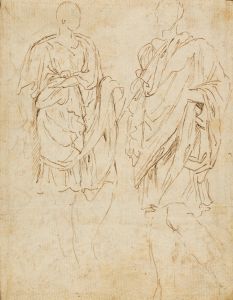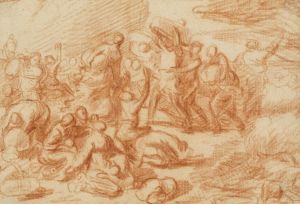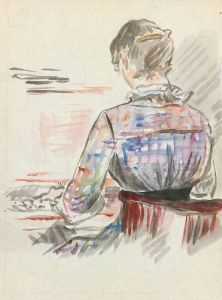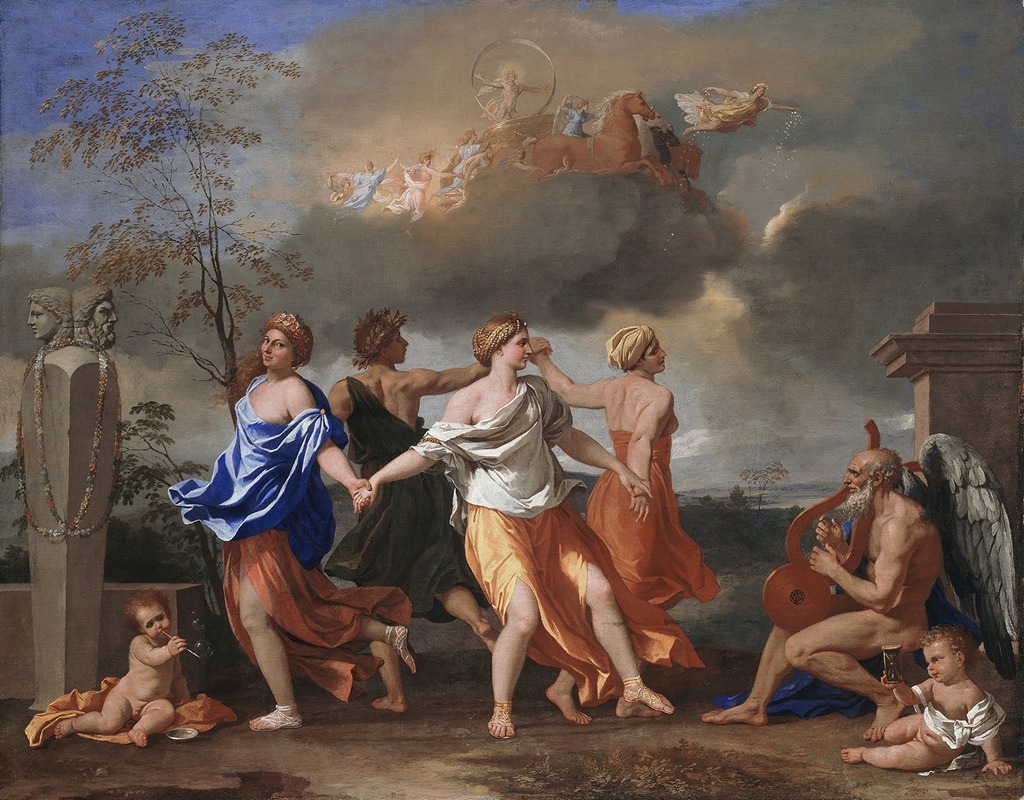
A Dance to the Music of Time
A hand-painted replica of Nicolas Poussin’s masterpiece A Dance to the Music of Time, meticulously crafted by professional artists to capture the true essence of the original. Each piece is created with museum-quality canvas and rare mineral pigments, carefully painted by experienced artists with delicate brushstrokes and rich, layered colors to perfectly recreate the texture of the original artwork. Unlike machine-printed reproductions, this hand-painted version brings the painting to life, infused with the artist’s emotions and skill in every stroke. Whether for personal collection or home decoration, it instantly elevates the artistic atmosphere of any space.
"A Dance to the Music of Time" is a renowned painting by the French Baroque artist Nicolas Poussin. Created between 1634 and 1636, this work is housed in the Wallace Collection in London. Poussin, known for his classical approach and emphasis on clarity, logic, and order, is considered one of the most influential French painters of the 17th century. This painting exemplifies his mastery in combining mythology, allegory, and classical themes.
The painting depicts four figures dancing in a circle, symbolizing the cyclical nature of human life and the passage of time. These figures are often interpreted as representing the stages of life: Poverty, Labor, Wealth, and Pleasure. They are shown holding hands, moving in a dance that suggests the continuous and inevitable progression of life. The figures are dressed in classical attire, consistent with Poussin's penchant for antiquity and his interest in Roman and Greek mythology.
At the center of the composition is a figure playing a lyre, often identified as Apollo, the Greek god of music, poetry, and the arts. Apollo's presence underscores the theme of music as a metaphor for the harmony and rhythm of life. The lyre, an ancient stringed instrument, is a symbol of the arts and is associated with the divine order of the universe.
In the background, the figure of Time, depicted as an old man with wings, is seen turning the wheel of time. This imagery reinforces the allegorical nature of the painting, emphasizing the relentless and unchanging passage of time. The inclusion of Time as a character highlights the inevitability of change and the transient nature of human existence.
The landscape in the background is serene and idyllic, featuring classical architecture and a clear sky, which is typical of Poussin's work. This setting not only provides a harmonious backdrop for the figures but also reflects the artist's interest in creating a balanced and ordered composition.
Poussin's use of color and light in "A Dance to the Music of Time" is subtle yet effective. The muted tones and soft lighting create a sense of calm and timelessness, enhancing the painting's allegorical message. The careful arrangement of figures and the thoughtful integration of symbolic elements demonstrate Poussin's skill in conveying complex ideas through visual art.
This painting is a testament to Poussin's ability to blend narrative, symbolism, and classical ideals into a cohesive and thought-provoking work. It remains a significant piece in the study of Baroque art and continues to be admired for its intellectual depth and artistic precision. "A Dance to the Music of Time" not only reflects Poussin's artistic philosophy but also offers viewers a contemplative exploration of life's perpetual cycle.





